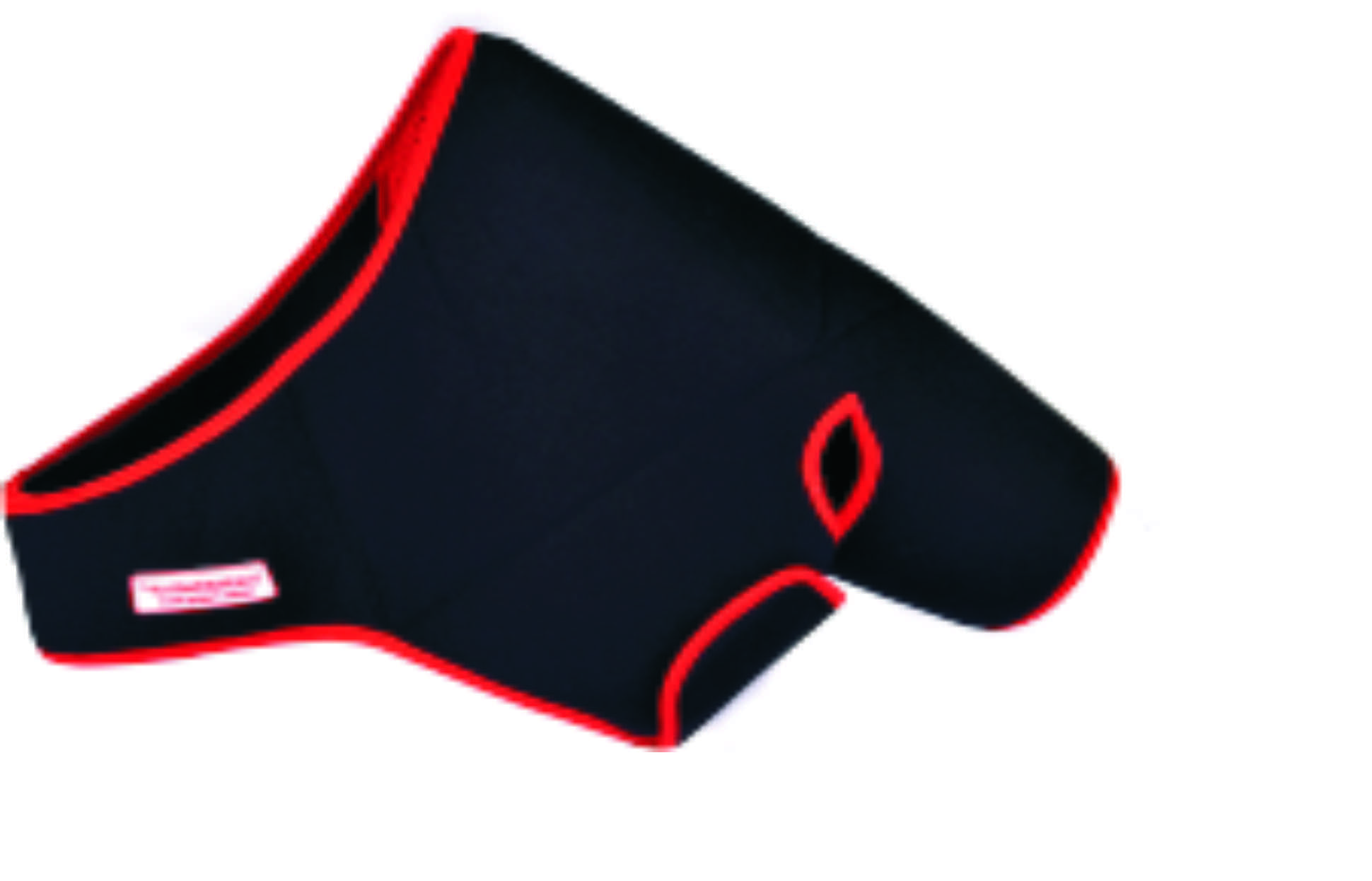SHOULDER BELT THERAPY
- Delivered today (order Mon-Fri before 12:00, delivery between 17:00 and 22:00)
- Including shipping costs, sent by blonwe.com
- Pick up at a blonwe.com collection point is possible
- 30 days to change your mind and free returns
- Day and night customer service
Description
Shoulder belt therapy, also known as shoulder pulley therapy, is an exercise technique often recommended for people recovering from shoulder injuries, surgery, or those experiencing shoulder pain or stiffness. It is designed to improve shoulder range of motion, flexibility, and strength. Here’s how it works:
Equipment Required:
- Shoulder pulley (a simple pulley system that can be attached to a door frame)
- A rope or strap with handles on both ends
- A sturdy door
Procedure:
- Setup:
- Attach the shoulder pulley to the top of a door frame. Make sure it is secured properly.
- Sit or stand facing the door where the pulley is attached.
- Hold one handle of the rope or strap in each hand.
- Start with your injured or affected arm.
- Starting Position:
- Hold the pulley handle with the injured arm, keeping the elbow at a 90-degree angle, and your hand at the level of your stomach.
- Performing the Exercise:
- Use the unaffected arm to pull on the pulley rope, gently raising the affected arm toward the ceiling.
- Keep the shoulder blade down and back as you move the arm. Avoid shrugging your shoulders.
- Go as far as you can comfortably. You should feel a gentle stretch, not pain.
- Hold the position for a few seconds, then slowly lower the arm back down.
- Repeat this motion for the prescribed number of repetitions.
- Gradually increase the range of motion as your shoulder improves.
Benefits:
- Improved Range of Motion: Shoulder belt therapy helps increase the flexibility and range of motion in the shoulder joint.
- Strengthens Muscles: It also helps in strengthening the muscles surrounding the shoulder, including the rotator cuff muscles.
- Pain Relief: This therapy can relieve pain associated with shoulder injuries or conditions.
- Rehabilitation: It’s often used in rehabilitation programs following shoulder surgery.
Precautions:
- Avoid Overexertion: Don’t force the shoulder beyond the point of comfort.
- Consult a Professional: Always consult with a physical therapist or healthcare professional before starting shoulder belt therapy, especially if you have a recent shoulder injury or surgery.
- Proper Form: Maintain proper posture and form during the exercise.
- Consistency: Consistency is key. Perform these exercises regularly to see improvement.
Shoulder belt therapy can be highly beneficial when performed correctly and consistently. However, it’s essential to consult with a healthcare professional or physical therapist before starting any new exercise regimen, especially if you have a pre-existing shoulder condition. They can provide guidance tailored to your specific needs and ensure you perform the exercises safely.








Reviews
There are no reviews yet.